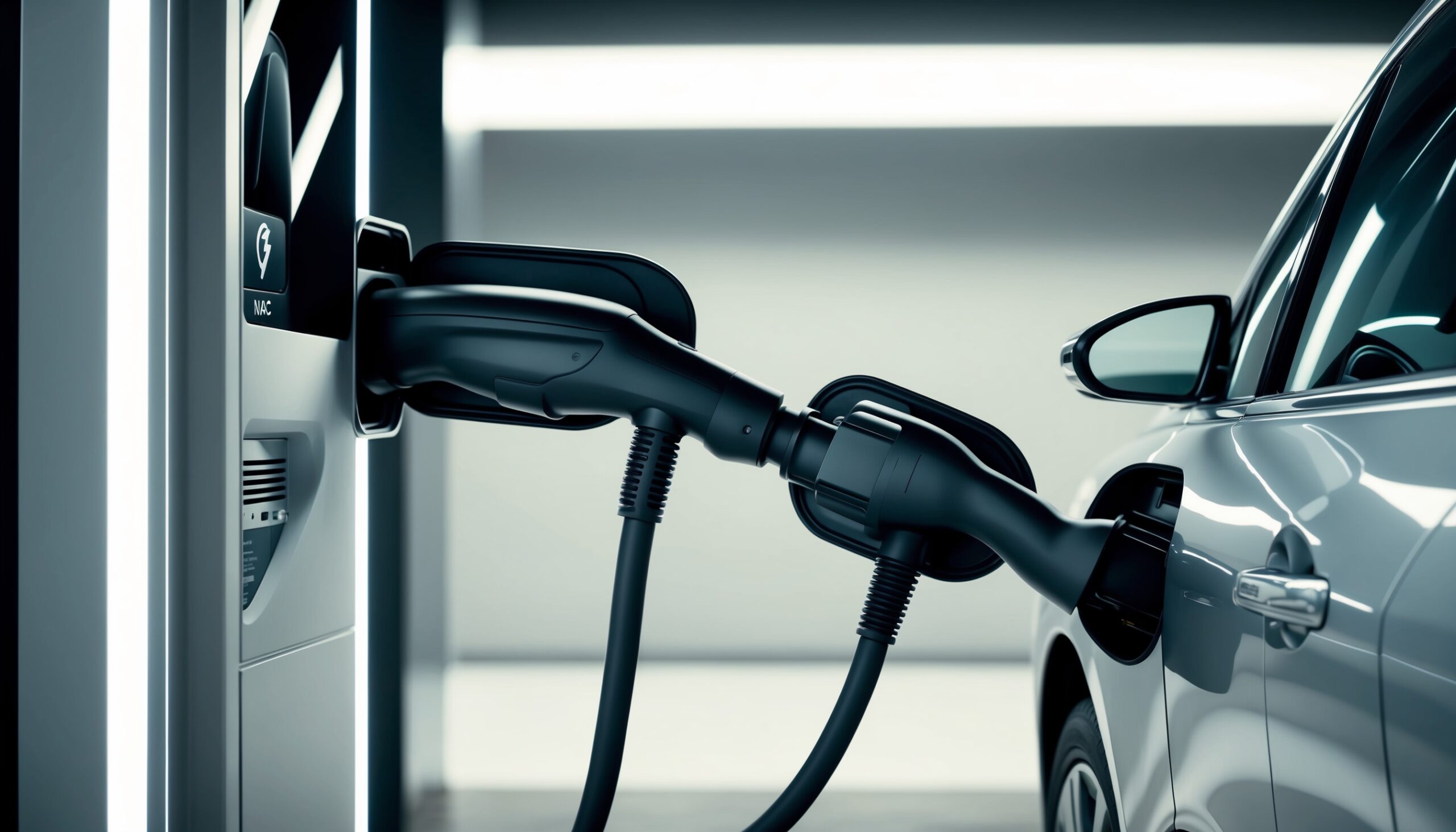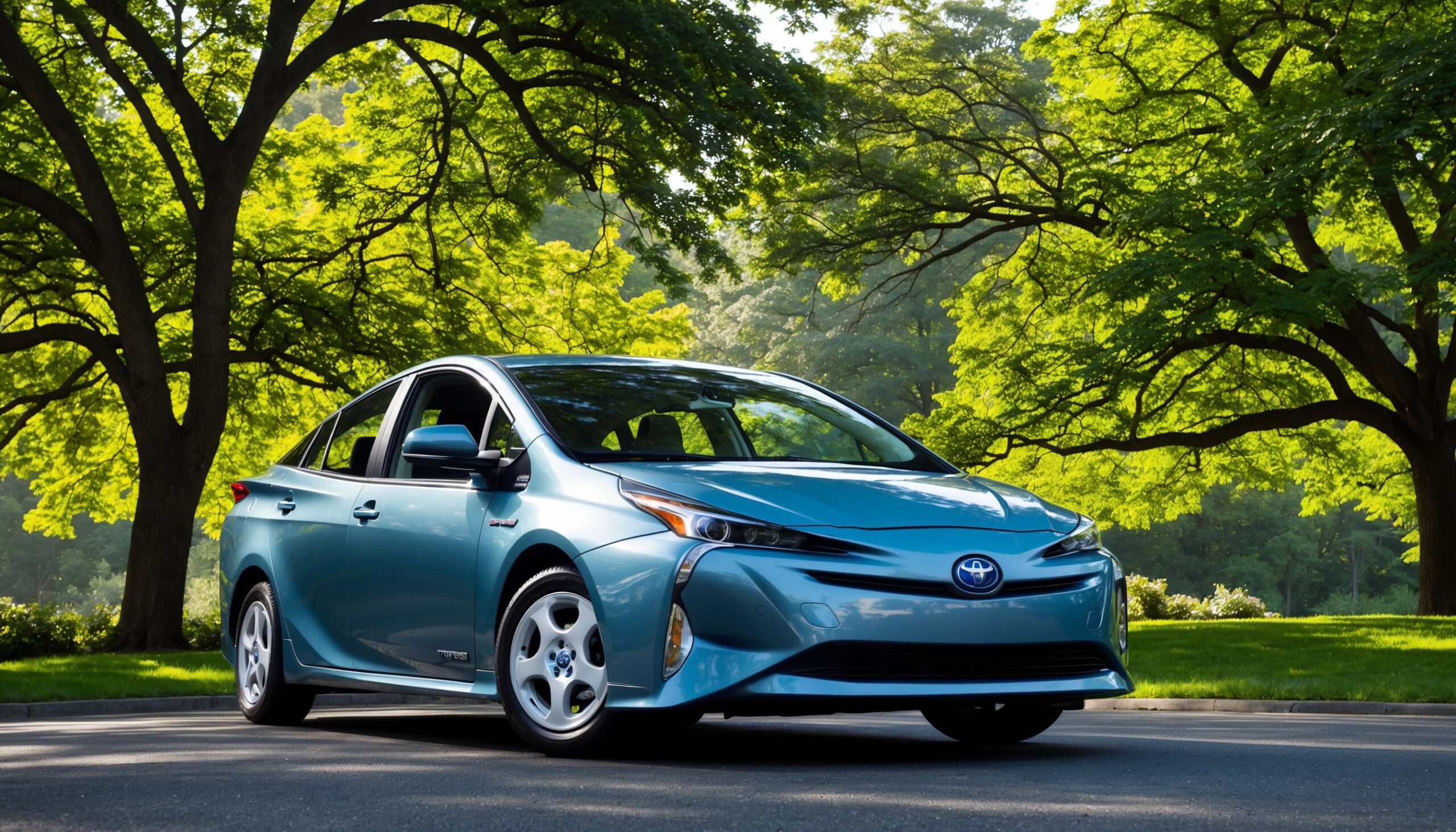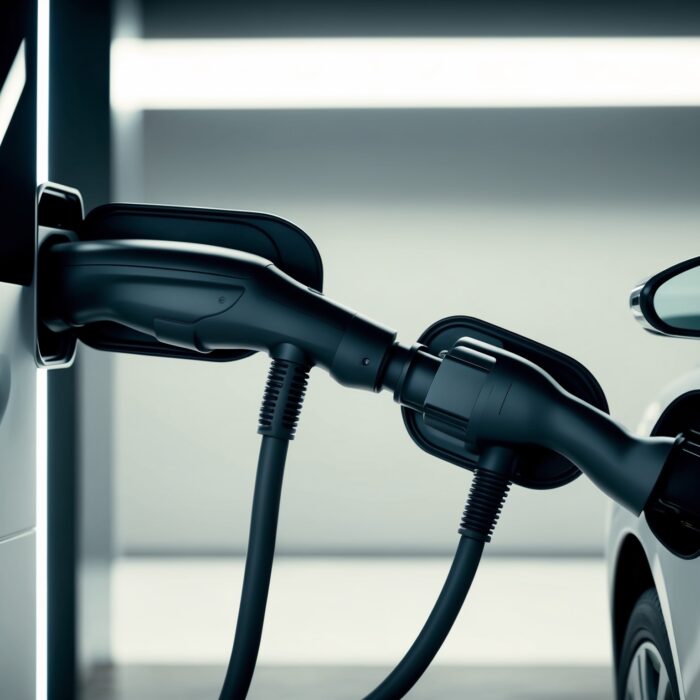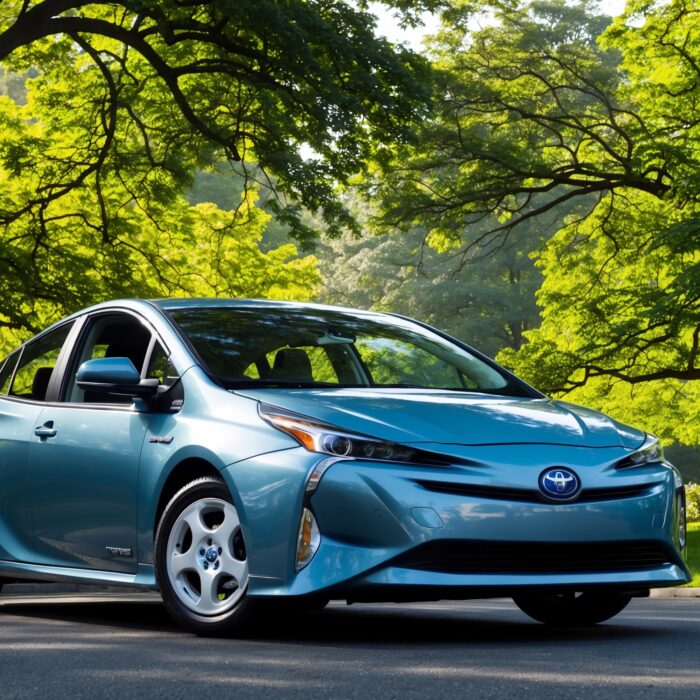Decarbonizing the Automotive Supply Chain: From Steel to Final Assembly
The automotive industry is in the midst of a major transformation, and one of the most pressing challenges it faces is decarbonization. As car enthusiasts, we often focus on the latest models, performance metrics, and technological advancements. However, what happens behind the scenes, particularly in the supply chain, plays a crucial role in shaping the future of our beloved vehicles. In this blog post, we’ll take a deep dive into the journey of decarbonizing the automotive supply chain, exploring each step from steel production to final assembly.
The Importance of Decarbonization
Before we hop into the details, let’s talk about why decarbonization is essential. The automotive sector is responsible for a significant portion of global greenhouse gas (GHG) emissions. As the world grapples with climate change, governments, manufacturers, and consumers alike are pushing for more sustainable practices. Decarbonizing the supply chain is not just about compliance; it’s about securing a sustainable future for the automotive industry and preserving the thrill of driving for generations to come.
The Steel Industry: Laying the Foundation
Steel is one of the primary materials used in vehicle manufacturing, making the steel industry a crucial player in the decarbonization effort. Traditional steel production is energy-intensive and heavily reliant on fossil fuels. Fortunately, innovative technologies are emerging that aim to reduce carbon emissions in this sector.
Green Steel Production
Green steel refers to steel produced using renewable energy sources and alternative methods that significantly reduce carbon emissions. One promising approach is the use of hydrogen as a reducing agent instead of carbon. Here are some key players leading the charge:
- Hybrit: A Swedish initiative that aims to produce fossil-free steel by using hydrogen derived from renewable energy.
- SSAB: This company is already producing steel with significantly lower CO2 emissions, thanks to its partnership with Hybrit.
- ArcelorMittal: The world’s largest steel producer is actively investing in carbon capture technology to minimize emissions.
By transitioning to green steel, the automotive industry can significantly reduce its carbon footprint even before the manufacturing process begins. This shift not only helps the environment but can also lead to cost savings in the long run.
Aluminum: Lighter and Greener
Aluminum is another critical material in automotive manufacturing, prized for its lightweight properties that enhance fuel efficiency. However, traditional aluminum production is equally carbon-intensive. Just like with steel, the industry is exploring greener alternatives.
Recycled Aluminum
One of the most effective ways to reduce emissions in aluminum production is by increasing the use of recycled materials. Recycling aluminum requires only 5% of the energy needed to produce new aluminum from raw materials. Major automakers are starting to prioritize recycled aluminum in their production processes:
- Ford: The company has committed to using more recycled aluminum in its vehicles, aiming for sustainability without sacrificing performance.
- BMW: The automaker has also been focusing on recycled aluminum, incorporating it into various models to enhance eco-friendliness.
By adopting recycled aluminum and improving production methods, the automotive industry can lighten its vehicles and lessen its environmental impact simultaneously.
Battery Production: Powering Sustainable Mobility
As we shift towards electric vehicles (EVs), battery production emerges as a focal point in the decarbonization journey. The materials used in batteries, particularly lithium, cobalt, and nickel, have their own environmental footprints. However, efforts are underway to make battery production more sustainable.
Also Read: Retrofitting Older EVs with New Battery Technology: Feasibility and Cost
Responsible Sourcing and Recycling
Battery manufacturers are increasingly focusing on responsible sourcing of raw materials and recycling old batteries to create a circular economy:
- Responsible Mining: Companies are investing in technologies that minimize environmental and social impacts during mining operations.
- Battery Recycling: Programs are being developed to recycle old batteries, recovering valuable materials and reducing the need for new mining.
Leading organizations, such as the Global Battery Alliance, are working to establish standards and best practices for sustainable battery production and recycling, ensuring that the shift to electric vehicles does not come at a significant environmental cost.
Final Assembly: Putting It All Together
Once the materials have been sourced and produced, the final assembly process is where everything comes together. This step is crucial for ensuring that sustainability practices are upheld throughout the entire manufacturing process.
Lean Manufacturing and Automation
Lean manufacturing focuses on minimizing waste while maximizing productivity. By implementing lean principles and automation, automotive manufacturers can reduce energy consumption and waste in the assembly process:
- Just-in-Time Production: This approach ensures that parts are only produced as needed, reducing inventory waste and energy use.
- Robotics: Automated systems can enhance precision and efficiency, lowering the carbon footprint of assembly lines.
Moreover, manufacturers are beginning to incorporate renewable energy sources, such as solar panels and wind turbines, into their facilities, further reducing emissions associated with the final assembly process.
Logistics: The Unsung Hero of Decarbonization
While we often focus on production, logistics is a critical component of the automotive supply chain that contributes significantly to emissions. From transporting raw materials to delivering finished vehicles, the movement of goods can have a substantial carbon footprint.
Optimizing Transportation
To decarbonize logistics, manufacturers are exploring various strategies:
- Electrifying Fleets: Many companies are transitioning their delivery vehicles to electric models, reducing emissions during transportation.
- Route Optimization: Utilizing advanced software to plan the most efficient routes can minimize fuel consumption and emissions.
- Rail Transport: Shifting from road to rail for long-distance transport can significantly lower emissions, as trains are generally more energy-efficient.
By optimizing logistics, manufacturers can make a notable impact on their overall carbon footprint, ensuring that sustainability is a key focus throughout the supply chain.
Collaboration Across the Supply Chain
Decarbonization cannot be achieved in isolation; it requires collaboration across the entire supply chain. Manufacturers, suppliers, and logistics providers must work together to share insights, technologies, and best practices to drive meaningful change.
Industry Initiatives
Several industry initiatives are promoting collaboration in the quest for sustainability:
Also Read: Why Automotive OEMs are Partnering with Tech Giants (Google, Apple, etc.)
- Carbon Disclosure Project (CDP): This initiative encourages companies to disclose their carbon emissions and promote transparency across supply chains.
- Automotive Industry Action Group (AIAG): AIAG is working on sustainability initiatives that bring together manufacturers and suppliers to share best practices in reducing emissions.
By fostering collaboration, the automotive industry can accelerate its efforts toward decarbonization, paving the way for a more sustainable future.
The Role of Consumers
As car enthusiasts and consumers, we also play a vital role in the decarbonization journey. Our choices can influence manufacturers to prioritize sustainability in their practices. Here are some ways we can contribute:
- Support Sustainable Brands: Choose to buy from companies that prioritize eco-friendly practices and sustainable materials.
- Educate Yourself: Stay informed about sustainability efforts in the automotive industry and advocate for greener practices.
- Embrace Electric Vehicles: Transitioning to EVs can reduce the demand for fossil fuels and encourage manufacturers to invest in sustainable technologies.
By making conscious choices, we can drive demand for greener options, pushing the automotive industry to innovate and improve its sustainability practices.
The Road Ahead
The journey to decarbonize the automotive supply chain is a complex and multifaceted challenge, but it is one that the industry is increasingly embracing. From steel production to final assembly, every step presents an opportunity to reduce emissions and create a more sustainable future for our vehicles.
As car enthusiasts, we can take pride in knowing that the automotive industry is evolving to meet the challenges of climate change. Through innovative technologies, collaboration, and responsible consumer choices, we can all contribute to a greener and more sustainable automotive landscape.
At Torque Feed, we are committed to bringing you the latest insights and developments in the automotive world, including the ongoing efforts to decarbonize the industry. The road ahead may be challenging, but the rewards will be worth it as we strive for a future where we can enjoy driving without compromising the health of our planet.












